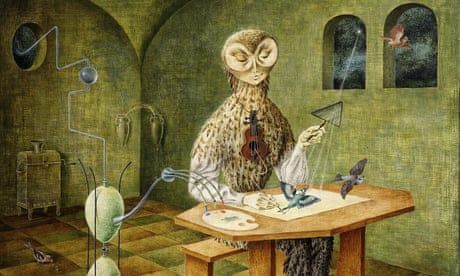
How did the idea of a grotesque, green-skinned, broomstick-riding hag come about? It was a lethal combination of church zealots, the invention of the printing press – and male doctors contemptuous of female healers
What comes to mind when you think of a witch? A woman with a pointed hat, hooked nose, green skin, long straggly hair and a broomstick? Perhaps she’s older, bad-tempered, evil to children, wreaks havoc. From Macbeth to The Wizard of Oz, that is how witches have been portrayed – and it largely continues today. It is certainly what you’ll see come Halloween. But who came up with this image? Where does it stem from and how does it play into stereotypes about women?
The idea of the evil or harmful witch comes from the late medieval and early modern period, when those who were suspected of partaking of magical rituals and conjuring spirits were seen as heretics. But this category would also include female folk healers or “wise women” who simply practised informal healthcare – for example, midwifery. As Medieval Women, a show that has just opened at the British Library in London, makes clear, such healers were sometimes viewed with contempt by (male) university-educated medical professionals. Similarly, the church condemned “acts of witchcraft” as harmful and blasphemous.
Continue reading...